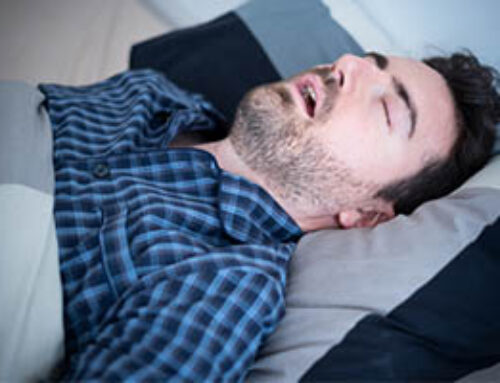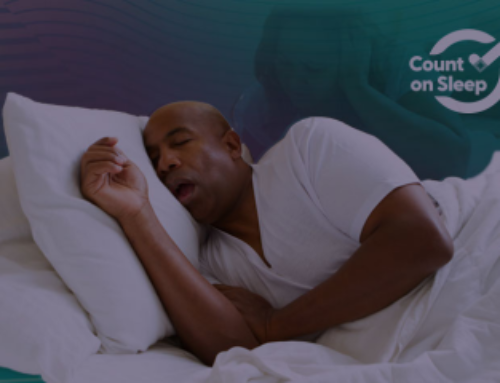A new study shows that untreated obstructive sleep apnea is common in adults with Down syndrome.
The small study involved 16 adults with Down syndrome; 15 of them were Caucasian. They ranged in age from 19 to 56 years. Their sleep was evaluated during an overnight sleep study at Johns Hopkins University. They were compared with 48 matched controls.
Results show that 94 percent of people with Down syndrome had OSA; 88 percent had at least moderate OSA with an apnea-hypopnea index of more than 15 breathing pauses per hour of sleep; 69 percent had severe OSA with an AHI of more than 30.
This was much higher than the reported rate of OSA in the general population; it is estimated that at least two percent of middle-aged women and four percent of men have OSA.
There was a significant correlation between body mass index (BMI) and AHI; 12 of the 16 participants with Down syndrome were obese. Surprisingly, none of them had high blood pressure. People with Down syndrome slept for an average of only five hours; this was more than an hour less than controls.
The authors suggest that complications related to OSA may overlap with the symptoms of Down syndrome; these effects include excessive daytime sleepiness and impaired cognitive function. As a result OSA may be under diagnosed in people with Down syndrome; only one of the 16 people in the study had been referred for a clinical evaluation for sleep apnea.
“Patients with Down syndrome have a great deal of risk factors for OSA,” senior author Dr. Carole Marcus told the AASM. “It was surprising how severe the illness was, and how the OSA was unsuspected by their caregivers.”
The study was published in the Aug. 15 issue of the Journal of Clinical Sleep Medicine.
Few prior studies had evaluated OSA in adults with Down syndrome; but research has shown that sleep apnea is common in children with Down syndrome. A 2003 study in the journal Sleep involved 108 children with Down syndrome. It found that about 42 percent of the children had at least mild OSA with an AHI of five or more; 12 percent had moderate OSA with an AHI of 15 or more.
The National Institute of Child Health and Human Development reports that a fertilized egg normally has 23 pairs of chromosomes. Most people with Down syndrome have an extra copy of Chromosome 21; this is called “trisomy 21” because there are three copies of the chromosome instead of two. Down syndrome can affect both mental and physical development.
According to the AASM, OSA occurs when soft tissue in the back of the throat collapses and blocks the airway during sleep. People with Down syndrome often have physical features that increase the risk of OSA. These include a flat face and short neck, and poor muscle tone.
Nine of the participants with Down syndrome were followed up in the sleep clinic. CPAP therapy was recommended for all of them.
Five of these people consistently used CPAP for six to eight hours per night. Their family members reported that treatment improved their daytime functioning; they also seemed to be less sleepy during the day.
According to the authors, people with Down syndrome tend to die early. A 2002 study in The Lancet found that in 1997 the median age at death for people with Down syndrome was 49 years.
The authors suggest that untreated OSA may contribute to this early mortality. A study published yesterday found that severe OSA increases your risk of death.





